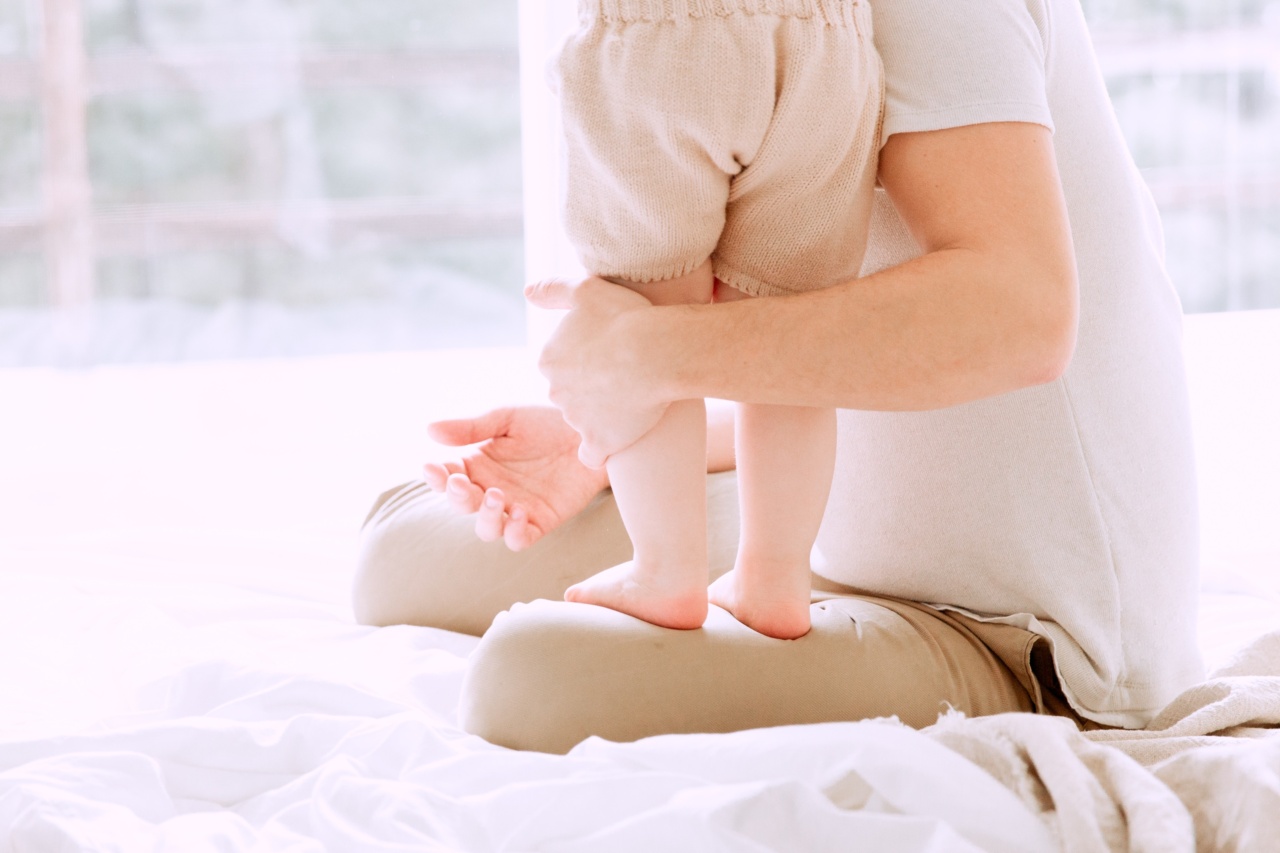Bed-sharing, also known as co-sleeping, has been a controversial topic among parents for many years.
While it may seem comforting to have your child sleeping beside you, it’s important to recognize the potential health risks associated with this practice. In this article, we will explore the various dangers of bed-sharing with children.
1. Sudden Infant Death Syndrome (SIDS)
SIDS is the leading cause of death in infants aged one month to one year. Studies have found a correlation between bed-sharing and an increased risk of SIDS.
The presence of pillows, blankets, and soft bedding in adult beds increases the likelihood of suffocation or accidental overlay, leading to tragic consequences.
2. Suffocation Hazards
Adult beds are not designed with the safety of infants and young children in mind.
The risk of suffocation increases due to the possibility of the child becoming trapped between the mattress and the bed frame or being wedged against the headboard, wall, or other obstacles. Additionally, parents may inadvertently roll onto or cover the child with blankets while sleeping, further increasing the danger of suffocation.
3. Increased Risk of Falls
Infants and toddlers are naturally curious and mobile. When bed-sharing, there is a higher risk of them falling off the bed during the night.
Even if the bed is relatively low to the ground, falls can still result in injuries, such as fractures or head trauma.
4. Disturbed Sleep Patterns
While some parents believe bed-sharing promotes better sleep, it can actually disrupt both the child’s and the adult’s sleep patterns.
The movements and sounds made by one person can easily wake the other, resulting in fragmented sleep for both parties. Poor sleep quality can have negative effects on both physical and mental health.
5. Development of Poor Sleep Independence
One of the goals of parenting is to encourage children to develop healthy sleep independence. Bed-sharing can hinder this process, as the child becomes accustomed to relying on the presence of their parents to fall asleep.
This dependency can persist and lead to difficulties in self-soothing and sleeping alone later on.
6. Increased Risk of Bedtime Injuries
Sharing a bed with an active child can increase the risk of injuries during sleep. Children may unknowingly kick, punch, or elicit sudden movements during the night, potentially harming their sleep partner.
Eye injuries, bruises, and accidental scratches are common consequences of bed-sharing.
7. Intimacy and Relationship Challenges
Bed-sharing may disrupt the intimacy between parents, leading to strain in the relationship. The presence of a child between partners can disrupt physical closeness and reduce opportunities for private conversations or intimate moments.
This can impact the overall satisfaction and health of the parental relationship.
8. Increased Risk of Allergies and Asthma
The accumulation of dust mites, pet dander, and other allergens in adult beds can increase the likelihood of allergies and asthma in children.
Adults often have different sensitivities to these allergens, which may go unnoticed when sharing a bed with a child. This prolonged exposure can increase the risk of developing respiratory issues.
9. Impaired Parental Rest and Well-being
Parents need quality sleep to function optimally during the day. Bed-sharing can disrupt sleep patterns and lead to sleep deprivation, negatively affecting parental well-being.
Fatigue, irritability, and reduced cognitive function can all result from inadequate rest. This can have an impact on overall parenting abilities.
10. Risk of Dependency on Bed-Sharing
Once bed-sharing begins, it can be challenging to transition the child to their own sleeping space. The longer bed-sharing continues, the harder it may be for the child to adjust to sleeping independently.
This can create prolonged dependency on bed-sharing, making it difficult for both the child and parents to break the habit.






























